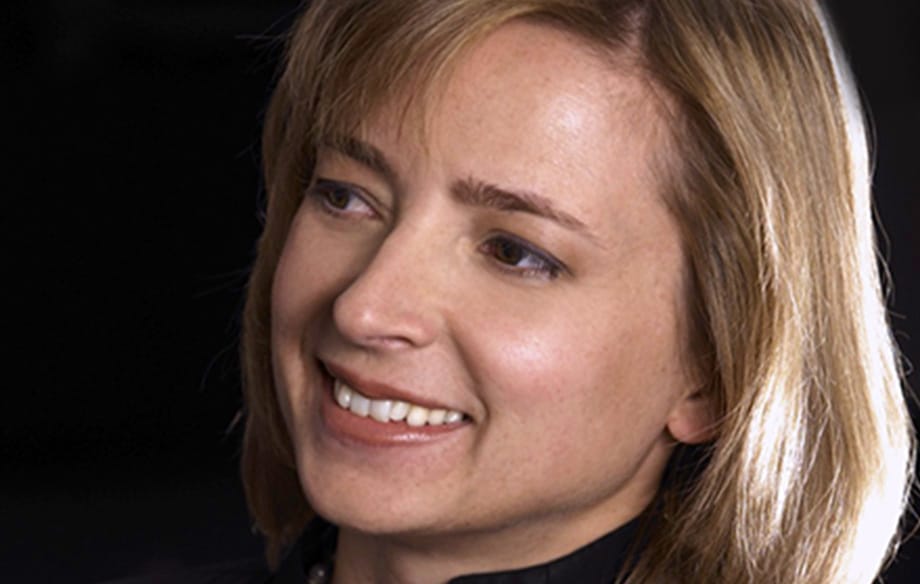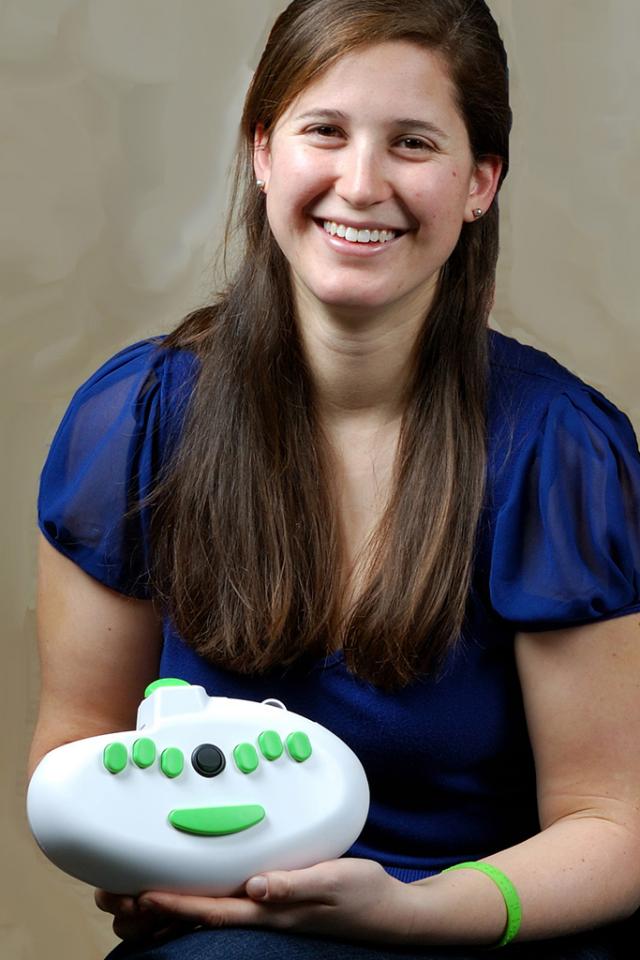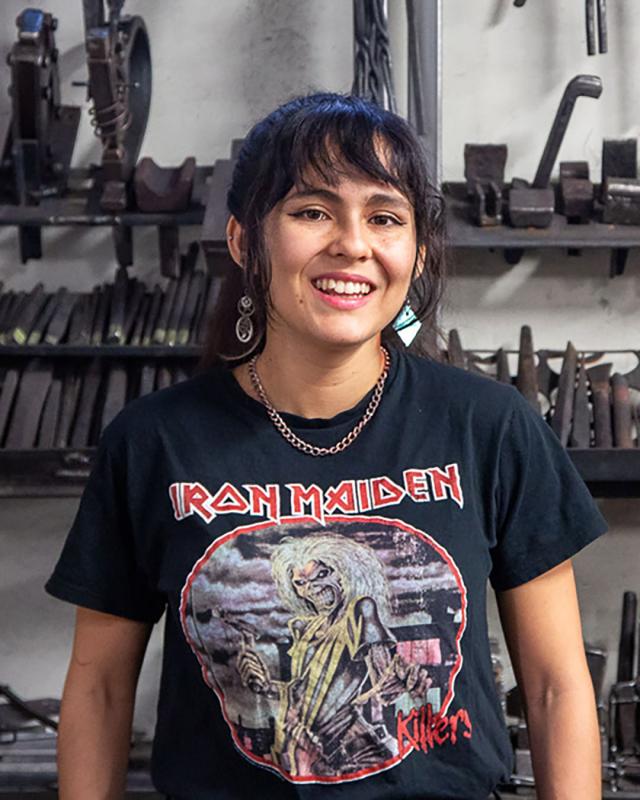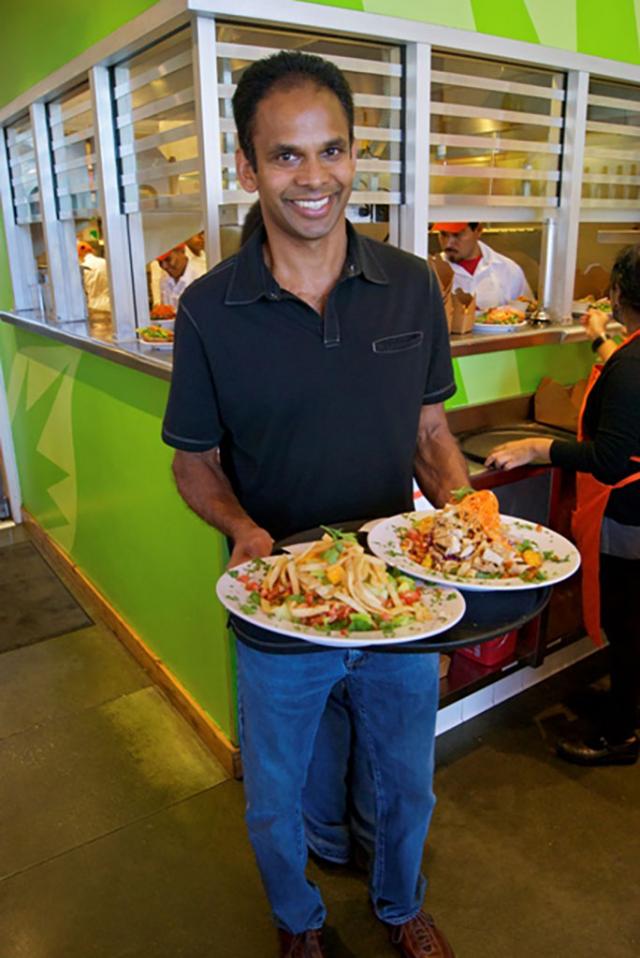Helen Greiner
MechE/EECS alumna Helen Greiner (SB ‘89, SM ‘90) is a household name – quite literally.
She’s a co-developer of the famous robot vacuum, the Roomba, and co-founder of the Roomba’s producer, iRobot. The Roomba was the first commercial household robot of its kind and, since its introduction in 2002, has become a “cultural icon,” to use Greiner’s own words. It has appeared on popular TV shows like Breaking Bad, Arrested Development, and Saturday Night Live. The Roomba features an acoustic sensor that detects dirt, responsive navigation around objects and walls, and a homing ability that allows it to return to its base for a recharge as needed, among other things.
Photos courtesy of CyPhy Works.
If you go back far enough, the truth is that it was the 1977 flick Star Wars that swept Greiner happily away into this life of robots. The likable sidekick bot in the movie, R2-D2, stole Greiner’s heart and inspired her to apply to MIT to learn how to build something similar. For Greiner, starting iRobot in 1990 with Colin Angle (EECS SB ’89, SM ’91) and Dr. Rodney Brooks, former director of the MIT Computer Science and Artificial Intelligence Laboratory (CSAIL), was like a dream come true.
iRobot had a vision that encompassed more than just cleanliness and convenience, however, and in fact, Greiner has said publicly that it is another robot, focused on safety and security, that has filled her with more pride than even the success of the quirky Roomba: the PackBot. PackBots were designed to enter uncertain or dangerous environments when humans couldn’t – or shouldn’t – and Greiner has said that they have saved many lives, citing military reconnaissance missions that would’ve turned tragic had soldiers approached instead of the PackBot, the Fukushima nuclear disaster in which the PackBot went in when the radiation would’ve killed human inspectors, and even the man hunt for the Boston Marathon bombers that employed a PackBot to inspect the bombers’ car at the height of the chase’s tension and uncertainty. The modular, expandable PackBots can climb stairs and traverse rough terrain at up to 5.8 miles per hour. They are small enough to fit into the trunk of a car; accommodate a range of payloads; and relay video, audio, and sensor data – including explosive and HazMat detection – in real time to a human controller operating the robot with a touchscreen tablet.
Greiner, who served as president of iRobot until 2004 and chairman till 2008, later left the company to turn her attention to the development of flying robots with her new company, CyPhy (pronounced “sci-fi”) Works, for which she is the chief executive officer. While some people cringe at the mention of “drone,” Greiner believes that they hold great potential for human safety, efficiency, and convenience. She envisions them being sent into risky situations to get birds-eye views of a situation and a lay of the land; or flying over rough terrain that would otherwise be challenging or even impossible for a human to bound. She also sees them being used in civil structural inspections that are dangerous for humans, such as visualizing the underside of a bridge. They could even be used, Greiner suggests, by fulfillment centers for one-hour delivery.
Greiner was named one of America’s Best Leaders by the Kennedy School at Harvard in conjunction with US News & World Report and Innovator for the Next Century by MIT Technology Review. She has received the Pioneer Award from the Association for Unmanned Vehicle Systems International (AUVSI) and in 2003 was named a New England Entrepreneur of the Year by Ernest and Young. Greiner was inducted into the Women in Technology International (WITI) Hall of Fame in 2007. She is a trustee of MIT and of the Boston Museum of Science.
Greiner recently launched a Kickstarter campaign to fund a new commercial drone that shoots video and photography. Read more at Kickstarter.







